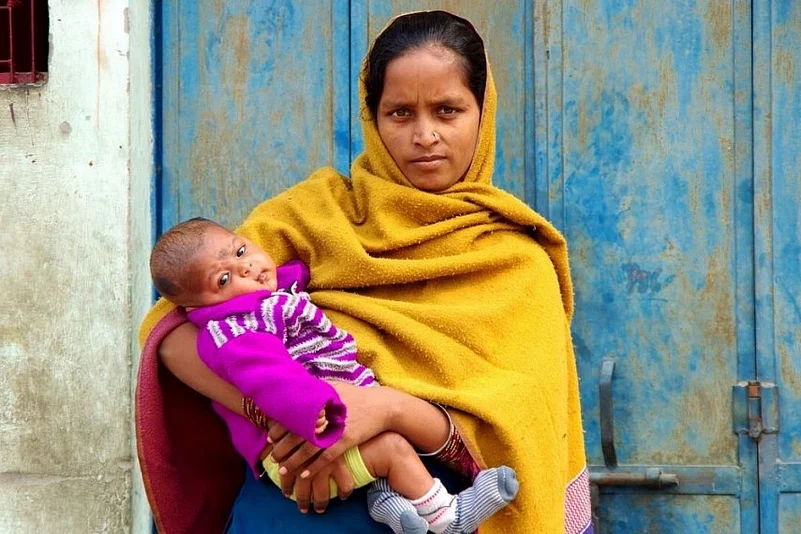The global maternal mortality rate is not on track and is falling severely short of the target to lower maternal deaths to fewer than 70 per 1,00,000 live births by 2030, says a study published by The Lancet on Monday. As per a press release issued by the Indian government, India has fared well in providing healthcare to mothers and infants in comparison to global data, resulting in a decline in the rate of maternal deaths.
According to a fact sheet published by the World Health Organization (WHO) on World Health Day, a maternal death occurred almost every two minutes in 2023. Observing World Health Day, the Government of India has aligned itself with the WHO라이브 바카라 year-long theme - ‘Healthy Beginnings, Hopeful Futures’ - which focuses on maternal and newborn healthcare.
Global Maternal Death Trends
The leading global cause of maternal death was haemorrhage or excessive bleeding, responsible for almost 27% of cases, followed by indirect obstetric causes accounting for 23% and high blood pressure-related issues (16%), according to The Lancet라이브 바카라 ‘Global and regional causes of maternal deaths 2009–20’.
A majority of maternal deaths happen due to haemorrhage and sepsis (the body responding improperly to an infection) during the postpartum period. Postpartum is a six to eight-week-long period after childbirth when the body recovers to its pre-pregnancy emotional, physical and mental state.
Global maternal deaths caused due to anaesthesia complications were approximately 1% and were most common in sub-Saharan Africa, Western Asia, and Northern Africa.
Maternal deaths due to obstructed labour are estimated to be at least 2% of all maternal deaths. Deaths related to hypertensive disorders were most prevalent in Latin America and the Caribbean.
The research concludes that there is a need to improve health care access, effective clinical intervention and better postpartum care since the leading causes of maternal deaths are largely preventable.
Where Does India Stand?
According to the press release issued by the Ministry of Health and Family Welfare, India has progressed in improving maternal and infant healthcare, with the maternal mortality rate (MMR) dropping to 97 per 1,00,000 live births in the period of 2018-2020 as compared to 130 deaths between 2014-2016.
The MMR in India has declined by 83% while the global counterpart has declined by 42% in the last 30 years.
Likewise, the infant mortality rate dropped from 39 in 2014 to 28 in 2020 per 1,000 live births, which is a reduction of 69% between 2019-2020 compared to the global reduction of 55%.
WHO Facts and Figures
WHO found that every day in 2023, over 700 women died due to preventable causes during pregnancy and childbirth, which could have been avoided by proper clinical care.
The income imbalance is also imperative in the causation of maternal deaths, with low and lower-middle-income countries accounting for 92% of all global deaths.
“The MMR in low-income countries in 2023 was 346 per 100,000 live births versus 10 per 100,000 live births in high-income countries,” the factsheet said.
Furthermore, between 2000 and 2023, the global MMR dropped by about 40% worldwide.
WHO defines maternal death as the “death of a woman while pregnant or within 42 days of termination of pregnancy, irrespective of the duration and the site of the pregnancy, from any cause related to or aggravated by pregnancy or its management, but not from accidental or incidental causes”.














